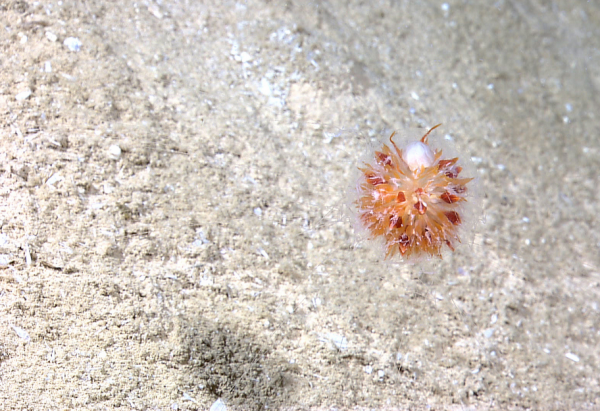
I was 12 when I first saw an “ocean dandelion,” and I wish I’d known then how strange these animals truly are. I was watching a documentary: researchers had collected a deep sea dandelion using a submersible, but upon returning to the surface, the dandelion had disintegrated into nothing but “petals.” I remember the announcer saying, ‘we know almost nothing about the ocean dandelion. What it eats, how it reproduces, how it’s put together.’ The documentary ended, and all I could think was: “what the heck?!!? They didn’t answer ANYTHING.” 16 years later, I was in for quite a shock.
A few years ago I started work in a lab studying a strange group of animals that includes the Portuguese man-of-war. This group is called the siphonophores. One day while looking through some siphonophore photos, everything clicked. There it was, the ocean dandelion. The ocean dandelion, it turns out, is a siphonophore. And siphonophores are completely bizarre, challenging a simple assumption about what it means to be an animal.
For starters, let’s get the basics out of the way. Is the ocean dandelion siphonophore one individual, or many? Answer: YES. To explain what I’m mean, and why these guys are so weird, let’s talk about YOU.
You are one animal, that’s clear, but you’re not one cell. You’re trillions of cells all working together in a cooperative fashion. And the product of all that cooperation is singular: one unique YOU made up of trillions of individual cells. Biologists talk about this in terms of ‘levels of organization.’ On one level, you’re trillions of cells, on another level, you’re one unique animal. So far we’re talking two levels of organization. Level 1: cell. Level 2: animal. Can you imagine what kind of crazy weird creature would exist if we add a third level?
Imagine a creature that is not just made up of trillions of cells, but also hundreds of animals. All these animals work together in the same way your cells work together, creating a kind of superorganism. Ants could be considered a superorganism, all working together with one queen. Siphonophores, like the ocean dandelion, take this whole idea one step further.
The ocean dandelion is like an ant colony on steroids. Like an ant colony, each ocean dandelion is a collection of individual animals, all working together for the colony. There are different jobs for different members. Some protect the colony, some catch food, some reproduce. But there is one key difference between an ant colony and an ocean dandelion: individual ants work together, but still remain separated from one another, for members of the ocean dandelion colony, this isn’t true. They actually share tissues with one another. They have one shared community stomach, so what one animal eats, all get to digest.
Forget the hammer and sickle: Communism, your symbol should be the ocean dandelion.
Crazy to think about, but beautiful to look at. Each ‘petal’ of the disintegrated ocean dandelion I saw years ago was actually a single member of the colony, able to survive a short time on its own before starving to death. A change in pressure, or bumpy ride to the ocean’s surface, may have been what caused the colony to collapse.
Despite the time that’s passed since I first saw the ocean dandelion, there’s still a lot we don’t know. What does it eat? How does it reproduce? But we know something about how it’s put together, and I never would have guessed the answer would be so strange. Twelve-year-old me would be thrilled.

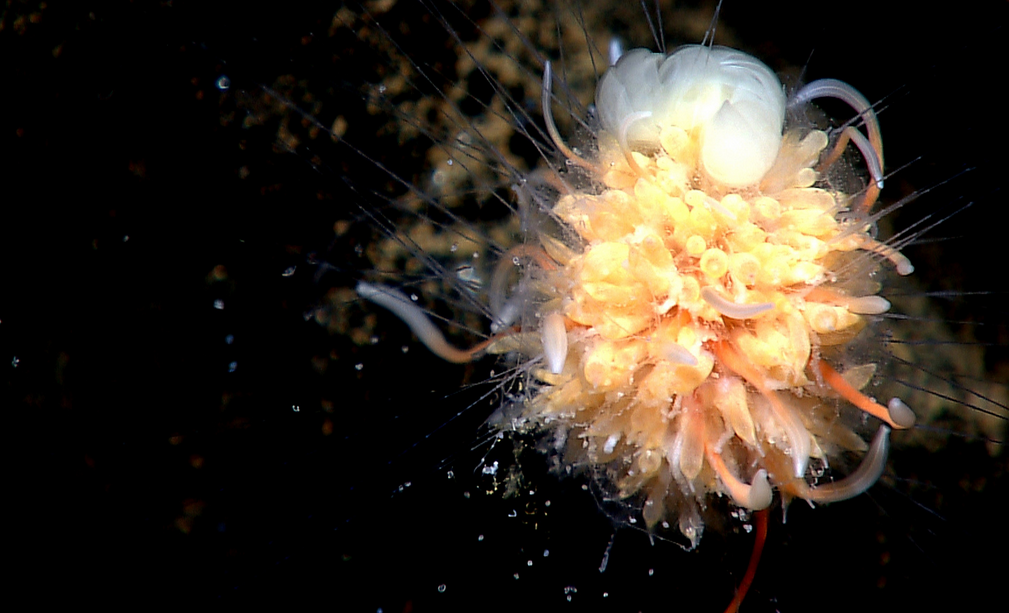
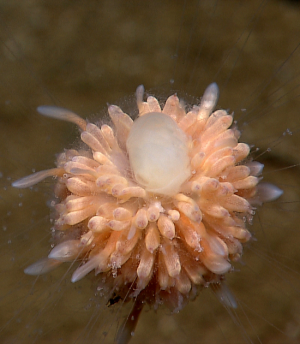
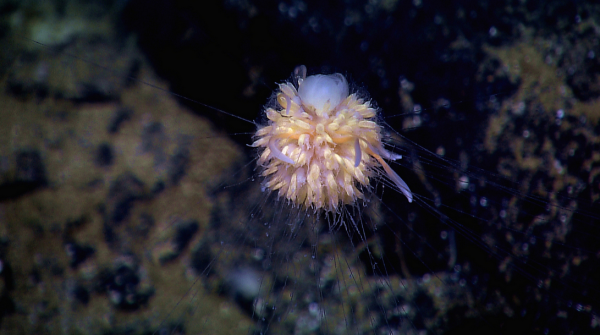
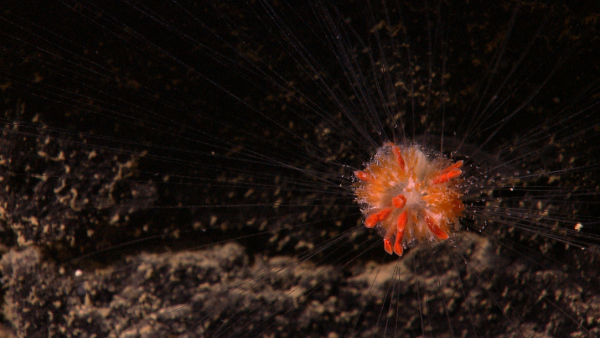
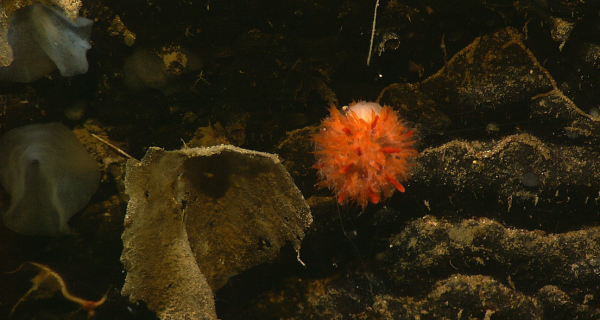
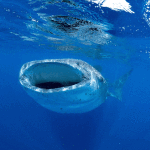
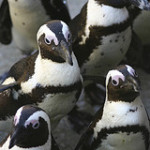
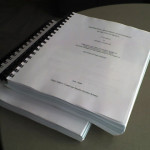


Extremely interesting.
So what’s the criterion that allows us to say that “each ocean dandelion is a collection of individual animals” as opposed to being a single organism composed of, let’s say, multiple organs? (Especially given that they’re sharing tissues, etc.)
Is it the fact that each “organism” grows from a distinct egg? Do we know that’s true given our ignorance of their reproductive habits?
Good question. The criteria are the same as those that apply to cells in your body. Though a cell in your body can not survive without neighbors, arose along with all its neighbors from a single cell (the zygote), and may even share cytoplasm with nearby cells, it’s still homologous to a free living cell. Likewise, the members of the ocean dandelion colony are homologous to free-living individuals (in morphology, physiology and development). In this case, they’re homologous to hydrozoan polyps and jellyfish. Ocean dandelions are actually highly modified and organized colonies of polyps and jellies.
If you think siphonophores are whacky, check out graptoloid synrhabdosomes. Graptoloids are all dead (which is a bit of a bummer) but basically, graptoloid colonies (which were also pelagic, like siphonophores) sometimes linked up with each other to form super-colonies. And since graptoloid zooids built their colonies rather than growing them, that means the zooids in different colonies probably had to cooperate somehow to link the colonies up.
Its all very bizarre. Strange super colonies swimming/floating around ~450 million years ago…
That’s awesome! thanks so much for sharing!
Love your posts, Rebecca! Educational and entertaining! I thought I was reasonably decent at marine inverts until I saw a sea tulip and was completely stumped… Love the “flowers” of the invertebrate world!
Thanks Mindy :D
I think the answer also lies in the evolutionary history of siphonophores. They are derived from within a hydrozoan lineage that almost certainly had a colonial hydroid stage. Each individual zooid being a genetic clone of all the others. Hydroid colonies are not as integrated as siphonophores, but they often also include specialized zooid types that excel at accomplishing specific tasks, defense, feeding, reproduction. So, even though siphonophores are integrated wholes, they are a collection of individual animals because their ancestors were a collection of individual animals. That’s my take.
well said Allen.
Sort of like a taxonomic version of a figure-ground illusion. If you see it first as a pretty lady, you have a hard time switching to a vase. If you see it first as a vase, you have a hard time switching to a pretty lady.
In this case the creature can be seen as individuals sharing a digestive system, or it can be seen as a single organism with multiple reproductive segments. Depends on which view you start from!